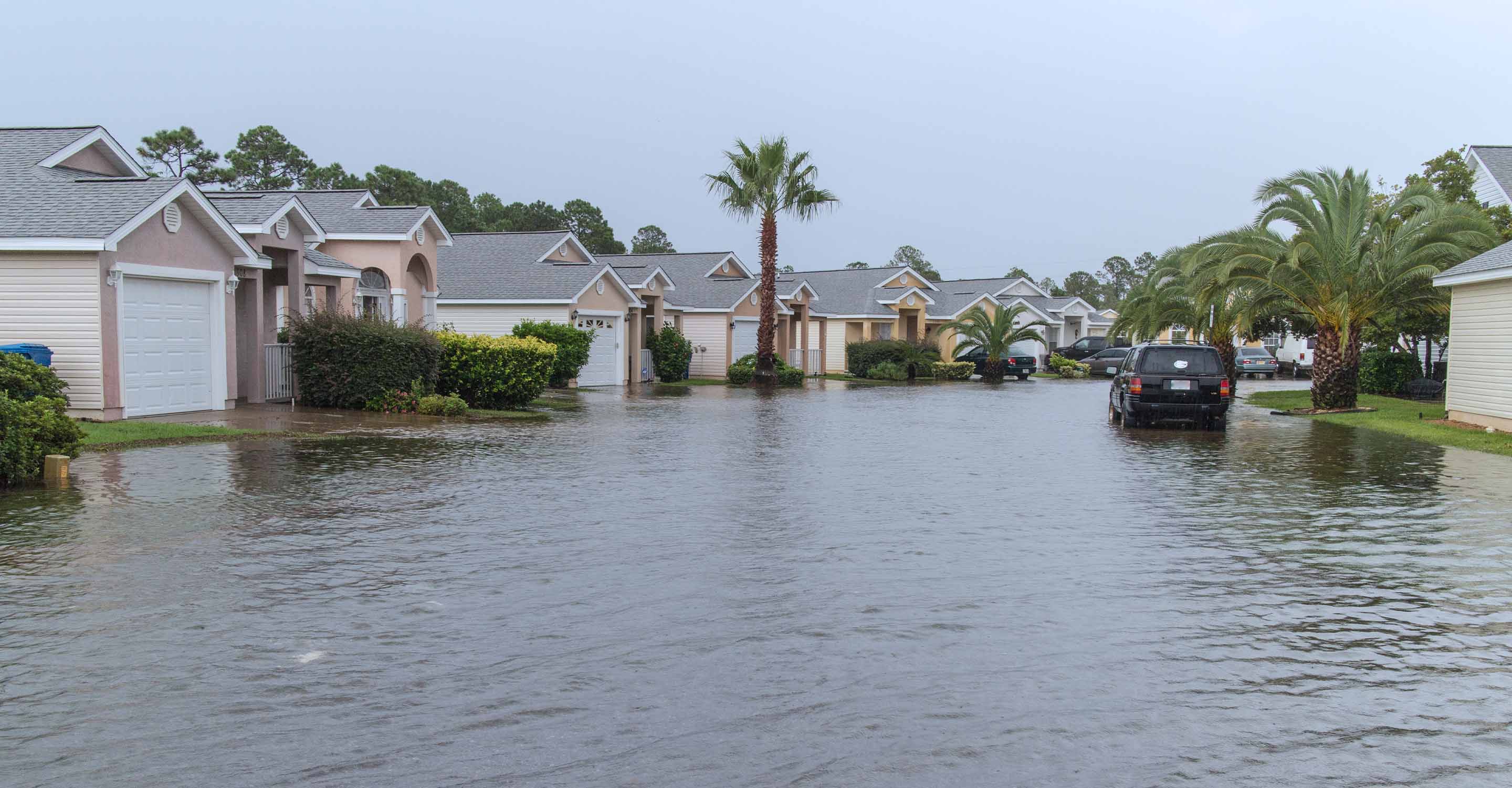Amsterdam air quality map
Live air pollution map of Amsterdam
232.9K people follow this city
Full screen
Contributors
4
Stations
10
Contributors category
2
Government
0
Non-profit organization
0
Educational
0
Corporate
1
Individual
1
Anonymous
Most polluted air quality stations
| # | station | US AQI |
|---|---|---|
| 1 | Amsterdam-Waterlandplien | 46 |
| 2 | Amsterdam-Westerpark | 39 |
| 3 | Amsterdam-Einsteinweg | 37 |
| 4 | Amsterdam-Van Diemenstraat | 37 |
| 5 | Amsterdam-Jan van Galenstraat | 33 |
| 6 | Amsterdam-Nieuwendammerdijk | 32 |
| 7 | Amsterdam-Vondelpark | 32 |
| 8 | Zaanstad-Hoogtij | 28 |
| 9 | Amsterdam-Stadhouderskade | 25 |
| 10 | NCA-AMS-Institute | 19 |
Health Recommendations
| Enjoy outdoor activities | |
| Open your windows to bring clean, fresh air indoors GET A MONITOR |
community highlight
Amsterdam most followed contributors
Become a contributor
Get an AirVisual Outdoor and contribute to collecting millions of data points for the Amsterdam map to track local air pollution
Understand air pollution and protect yourself
Amsterdam MAP AIR QUALITY ANALYSIS AND STATISTICS
What information about air quality is there on the air pollution map for Amsterdam?
Once the main city page is located for Amsterdam, the air quality map is very easy to find. It is on the left-hand side of the page at the very top. A simple “click” is all it takes to open it. Once open, the viewer will see an overall greenish colour and a lot of coloured circles. The colour of the map reflects the overall air quality; the various colours are explained in the legend at the foot of the page. This colour system is the same throughout the entire website and is used to distinguish the differing discs on the map. These discs represent the location of the ground-level monitoring stations in and around the city. The majority of discs are currently yellow which would indicate “Moderate” air quality but there is one over Kattenburg which is dark orange which means “Unhealthy for sensitive groups”. The numbers on the discs represent the US AQI reading. This is calculated by measuring the levels of up to six of the most commonly found pollutants. It can then be used as a standard when comparing one city with another. It is fully endorsed by the World Health Organisation (WHO).
If a single disc is selected, then a new page will open which is dedicated to that particular area of the city. Currently, there are ten active stations in and around Amsterdam collecting data about air quality. These are listed on the map page for ease of reference.
From the main city page, it can be seen that at the end of June 2022, Amsterdam was experiencing a period of air quality classified as being “Unhealthy for sensitive groups” with a US AQI reading of 122. The main pollutant which was measured was PM2.5 with a level of 43.9 µg/m³. This is almost nine times higher than the recommended level of 5 µg/m³ as recommended by the WHO.
Is there any other information available on the air quality map for Amsterdam?
There is plenty of other interesting information available once the map is viewed in full-screen mode. Possibly the first thing to see is the four choices which are available on the left-hand side of the screen. They can be deactivated individually if required.
The first option will show the positions of the data gathering stations which are located around the city and its environs. At first, they may appear to be on top of each other, but once the map is expanded, the discs will soon separate and become easier to see as an individual item. They carry the colour which is a representation of the air quality and the US AQI reading.
The second choice shows the position of any fires which are currently burning. At the end of June 2022, there were three fires burning around Wijk aan Zee. This should be studied in conjunction with option four which shows the direction the wind is blowing in. These winds are north-westerlies which will carry the ensuing smoke in the direction of the city.
The third choice is perhaps the most interesting and dramatic because it affects the background colour of the entire map. It is coloured to reflect the air quality at the present time. When it is deactivated, the map reverts to the usual colours that people expect to see on a map.
Looking over to the right-hand side of the screen, the viewer will find a table which ranks world cities according to their air quality. The most polluted appear on the top of the table and the rest descend from there.
Are areas of higher levels of pollution readily seen on the air pollution map for Amsterdam?
The easiest way to discover areas of high pollution is to expand the map until the discs separate, then find the disc showing the highest number. (The colour will be darker, too).
Or, by scrolling down to just beneath the map, the most polluted air quality stations are listed in descending order. At the end of June 2022, the most polluted station was the NCA-AMS-Institute with a US AQI reading of 114 which is “Unhealthy for sensitive groups”.
Underneath this list is another which shows the popularity of the various stations, complete with the number of people who follow them. The most popular is at Amsterdam-Vondelpark with almost 12,000 followers.
Some industrial areas and the area surrounding the docks will possibly be areas of higher pollution due to the nature of activities conducted there. Very often the city centre is also showing signs of high pollution due to the number of vehicles using the road network. This will be more noticeable during the early and late daily commutes.
Does the source of the air pollution show up on the air quality map for Amsterdam?
Air pollution accounts for the largest share of environment-related illness and death. The main source of air pollution in the Amsterdam-Amstelland region is vehicle emissions. Emissions from wood combustion, industry and aviation also pollute the air.
Due to motorized traffic in particular, the concentration of ultrafine particles, soot and nitrogen dioxide in busy streets is much higher. The highest concentrations of pollutants can be seen on the city's main access roads. When it comes to ultrafine particles, nitrogen dioxide and soot, the A10 ring road scores highest. In addition, the concentrations around the city centre are higher than in neighbourhoods further from the centre.
PM2.5 is always written about on the air pollution map for Amsterdam, but what is it?
In addition to gaseous pollutants, the ambient air can also be polluted by particles. These particles (in suspension, liquid or solid), of varying composition and size, are sometimes referred to as "aerosols". They are often catalogued under the heading of “suspended matter” and they are often referred to as PM (short for “Particulate Matter”).
Larger particles are quickly deposited on the ground by gravity or washed out by rain after entering the atmosphere. The finer particles can remain in the atmosphere for longer (several days to weeks). Consequently, these finer particles can be transported over longer distances. Due to the longer residence time in the atmosphere, the composition and properties of the particles can change through physicochemical processes.
Amsterdam air quality data attribution
4Contributors
 CiteAir - Air Quality Now Europe
CiteAir - Air Quality Now Europe1 station
2 Government Contributors
 Joel Rebello
Joel Rebello1 station
Individual Contributor
 1 Anonymous contributor
1 Anonymous contributor1 station
Anonymous Contributor
5 Data sources







